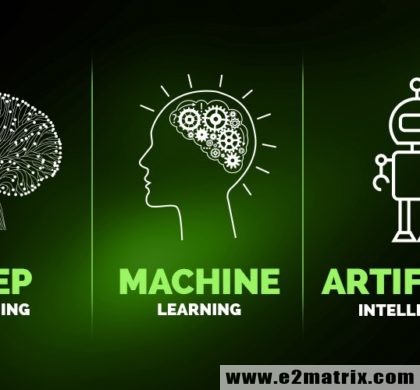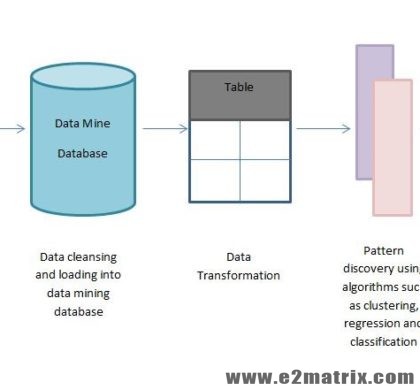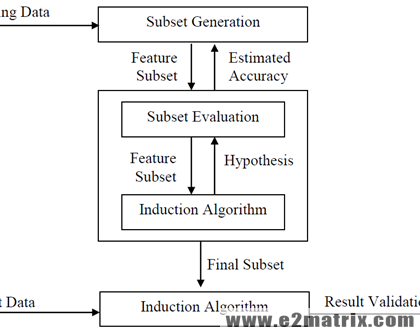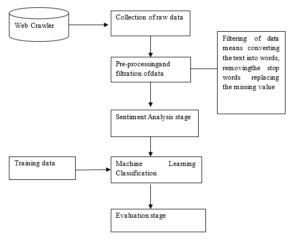Sentiment Analysis

Sentiment analysis can be termed as opinion mining. It uses Natural Language Processing (NLP), Computational fundamentals and text analysis to recognize and extract subjective information in source materials. It can also be termed as Review mining and Appraisal Extraction.
Synonyms of Opinion
The basic task of sentiment analysis is to classify the given text on the basis of polarity at the document level, sentence level or feature/aspect level. This evaluates the expressed opinion at document, sentence or an entity feature/aspect level that whether it is representing positivity, negativity or neutrality. Beyond the polarity aspects sentiment classification also focus on emotional states such as angry, happy, unhappy, joy, sad.
Turney and Pang applied different methods to detect the polarity of movie reviews and product reviews respectively. The work is done at the document level. Pang and Synder classified document’s polarity on a multi-way scale. The basic task was to classify movie reviews as either positive or negative those are used for predicting star ratings on either on 3 or 4-star scale. On the other hand, Snyder implemented an in-depth analysis of restaurant reviews and predicted ratings for various facets of the given restaurant. For example Atmosphere and food.The neutral class is ignored in most of the statistical classification methods, assuming that the texts categorized in a neutral class reside near the boundary of the binary classifier. Furthermore, it can be proved that specific classifiers such as support vector machines and Max Entropy classifiers can be considered as effective classifiers or their performance can be improved by adding neutral class and thereby improving classification accuracy.
There is a long history of Natural Language Processing (NLP) and linguistics. A little research had been done before the year 2000 on sentiments and opinion of people and since then the field has become a very active research area.Reason for this active research area includes firstly the wide range of applications in almost every domain which provides a strong provocation for research.Secondly, it provides many challenging research problems.
Data mining is concerned with a large amount of data and this big data is trending research area in computer science. Big data means a large amount of data. This large amount of data is referred to as big data. This big data can be found on the web, medical records, remote sensing data, social media etc.The data can be in the form of structured data, semi-structured data or unstructured data. Then this data is used for sentiment analysis and is filtered out. Sentiment analysis means to analyze the sentiments of people. Suppose a person goes to market and want to buy noodles. The person will buy those noodles that in demand and liked by people. So surveys about the brand and quality of the product that means the person wants to know about the opinion of people about that product so that he may not get a poor quality product. This is what is known as opinion mining or sentiment analysis. It focuses on getting the real voice of people about the specific product, services, organizations, movies, news etc. It includes Natural Language processing; Machine learning, Text mining, Information theory and coding and information retrieval. In sentiment, analysis opinions are collected then their polarity is identified i.e. positive, negative or neutral. The dataset can be collected from a news website, blogs, facebook movie reviews, product reviews etc and after that classifying them into positive, negative or neutral.
Sentiments found in the comments or posts provide useful information that can be used for various purposes.These emotions are divided into three categories in terms of polarity positive negative or neutral or into n-point scale e.g. good, very good, bad, satisfactory, angry, happy etc. In this way, this is termed as a classification task. Sentiment analysis help companies or organizations to know about their product’s quality and acceptance of the products by their customers and if in case they are not liked by them then to know the reasons and determining the strategies to improve them.
The Block diagram of sentiment analysis involves the following steps:
- Collection of raw data
- Pre-Processing and filtration of data
- Sentiment Analysis Stage
- Machine Learning Classification
- Evaluation Stage
Basic Block diagram of sentiment analysis
Sentiment analysis can be done at the following levels:
Document Level
Document Level Sentiment analysis includes the analysis of the whole document. After that, it is checked that whether the document expresses positive, neutral or negative sentiment.
Entity or Aspect Level
Entity or Aspect sentiment analysis accomplishes finer-grained analysis. Entity or aspect level sentiment analysis finds out sentiments/emotions on entities and/or aspect of those entities. For instance, considering a statement “My Sony Ericson phone has the very good camera and its voice quality is awesome but battery life is not so good” Now sentiment on camera and voice are positive whereas on the battery is negative.
Sentence Level
Sentence level sentiment analysis refers to finding sentiments from sentences that demonstrate the sentences as positive, negative or neutral. It is closely related to subjectivity classification. The statements containing entities are genuine but still, they carry sentiment. Considering a statement, “My friend purchased an HTC phone last week. Initially, everything was working very well. The voice was very clear and the battery life was long, the picture quality was very good in spite of the fact it is bit bulky. But yesterday it stopped working. The first statement expresses no opinion but all other sentences express sentiments.
Recommended Posts

Latest Machine Learning Thesis Topics and Thesis Implementation
26 Feb 2019 - Big Data, Hadoop, Machine Learning

Data Mining Research Guidance and Thesis Topics
04 Jul 2018 - Data Mining

Feature Selection in Data Mining
06 Feb 2018 - Big Data, Data Mining, Machine Learning, Text Mining, Weka


